A disappearing act in Alaska |
On a cool August morning almost a decade ago, Miriam Jones found herself in Alaska, standing in a forest filled with seemingly tipsy trees. Although the leaning, centipede-like black spruce trees looked as if they had enjoyed boozy spirits soon before Jones’ arrival, their story wasn’t so lively. Rather, they leaned because they were literally standing on thawing soil.
Underneath much of Alaska’s forests sits permafrost, or permanently frozen soil. “Permafrost is ground that stays frozen year-round for at least two consecutive years,” Jones, a research geologist with the U.S. Geological Survey, said.
Permafrost also happens to store a lot of carbon – 1,400 billion metric tons of it- which is more carbon than has ever been released by humans through fossil fuel combustion. “Most permafrost has been frozen for the last several thousand years, even up to hundreds of thousands of years,” Jones said.
However, that’s starting to change. As the climate warms and permafrost thaws, the atmosphere could get a major injection of carbon dioxide and methane, both powerful greenhouse gases. Permafrost thaw is a key part of the Administration’s 2022-2026 Arctic Research Plan, which aims to improve the collective impacts of federal agencies in Arctic research.
USGS scientists, like Jones, inform and support the Plan with their research.
To better understand how permafrost is changing, Jones digs up long, skinny tubes of the frozen soil near the “Drunken Forests” to look for clues to how it formed and what might happen to it in the future. Although her first trip was a decade ago, she’s been back a few times, often returning home with a frozen time capsule to study.
“Permafrost thaw could really change how we approach infrastructure development in the Arctic,” Jones said, “Not to mention the global impact to climate.”
Permafrost’s prowess on land
A bridge that crosses a creek once filled with golden nuggets is sinking. Anvil Creek was famous for its treasure during the Alaskan gold rush in the late 1890s, but since then, has sat under a bridge that’s part of the 70-mile-long Nome-Teller Road. This rural highway stretches over 70 miles of remote tundra and links the city of Nome to the Inupiat town of Teller, only 55 miles away from Russia.
Permafrost "can cause a lot of damage to our infrastructure when it thaws,” the Alaska Department of Transportation and Public Facilities states on its website, impacting structures like the bridge over Anvil Creek.
The department tries to avoid building on permafrost, although that isn’t always an option because the frozen soil hides under 85% of Alaska.
Officials can remove the permafrost and replace it with stable material or use techniques that help keep the ground frozen. For instance, the department installed foam board insulation on top of the Dalton Highway near Alaska’s North Slope to keep it cool during the summer. “The flip side is that it keeps the cold winter out as well, which prevents the cooling that helps to keep the permafrost cold,” the department says.
However, these options are expensive and don’t always work. Permafrost thaw is also causing coastal erosion, creating dramatic landscapes and forcing some Alaskan residents to relocate their homes.
Since the early 2000s, coastal permafrost erosion in the Arctic has increased at 13 of 14 study sites, with observational data extending back approximately 50 years. The erosion coincides with warming temperatures, sea ice reduction, and permafrost thaw.
Permafrost’s perturbations to the atmosphere |
However, as the planet warms, this trend could reverse. “There are efforts to use soils and forests to store carbon, but permafrost is working in the opposite direction,” Waldrop said. “Land managers want to know how to keep carbon in the ground rather than see it released into the atmosphere.”
Permafrost secrets revealed
To understand how thawing permafrost could affect the global carbon cycle, which tracks carbon as it moves between the atmosphere (usually as carbon dioxide) and Earth (trapped in rocks, soils, and the ocean), Jones and her colleagues study both intact permafrost in forests and thawed permafrost from peatlands.
Working as a team, they bring back to the lab a core of permafrost, which they extract from the ground with special equipment. Then, they divide the core into different sections based on age. "We want to know how much carbon is in a meter of the core and how quickly it accumulated,” Jones said.
In one study, the team used a mass balance model and found that permafrost thaw turned peatlands into net carbon sources for decades following thaw. | 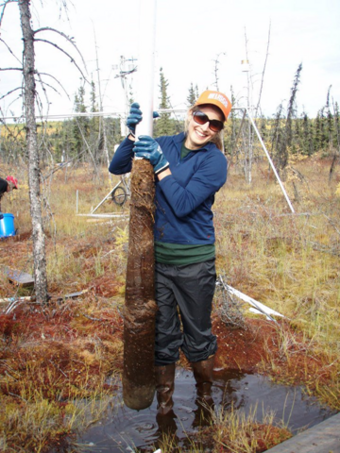 Miriam Jones holding a peat core that was extracted from a thawed permafrost bog at the Alaska Permafrost Experiment (APEX) site at Bonanza Creek LTER, Alaska. The boundary between the formerly frozen permafrost plateau and thawed bog is visible in the peat stratigraphy, with the light-colored peat indicated thawed bog. |

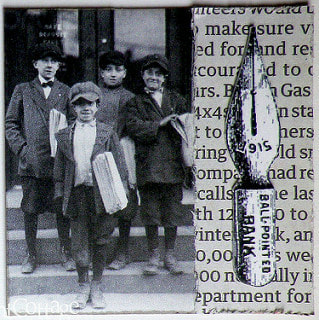
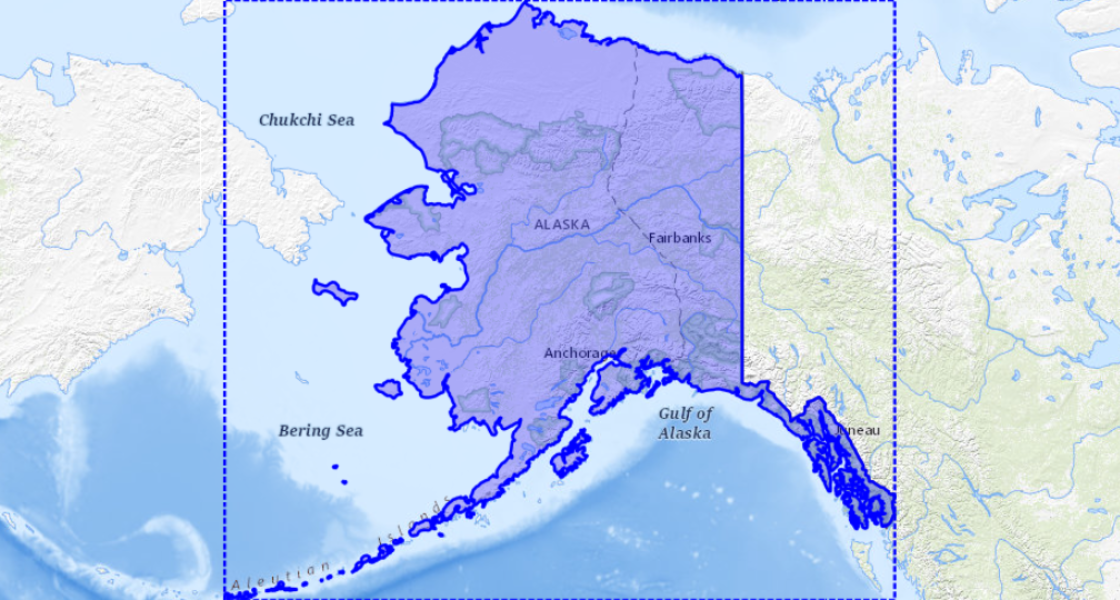
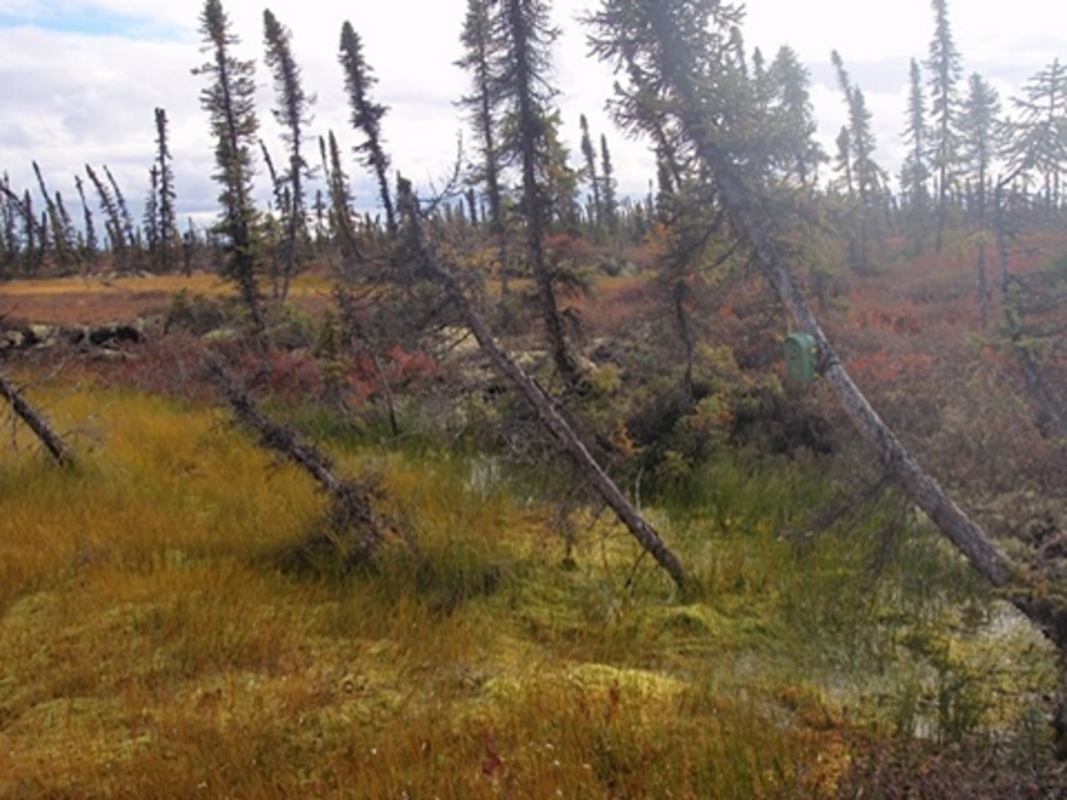
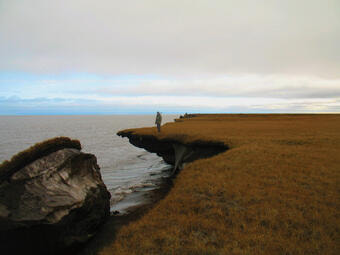
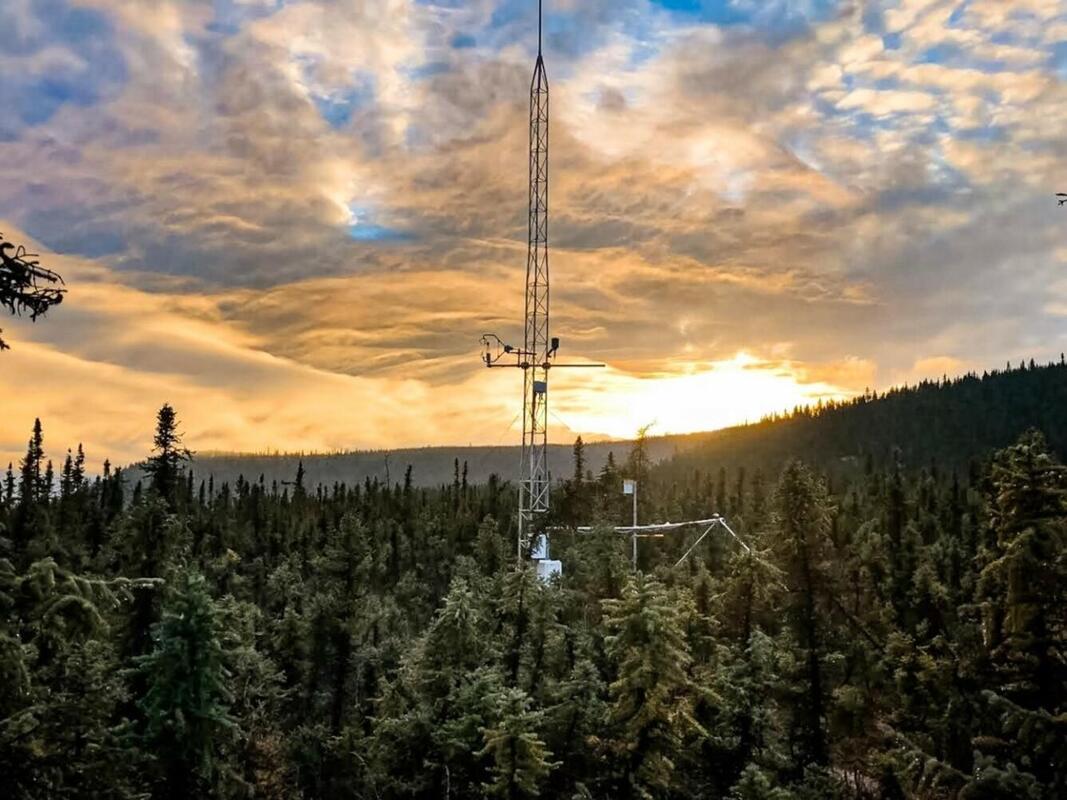
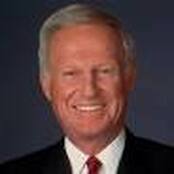

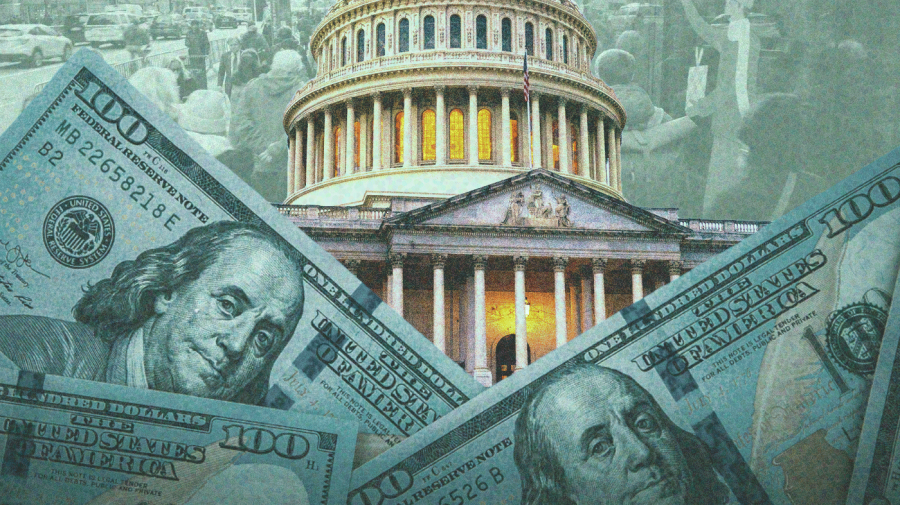
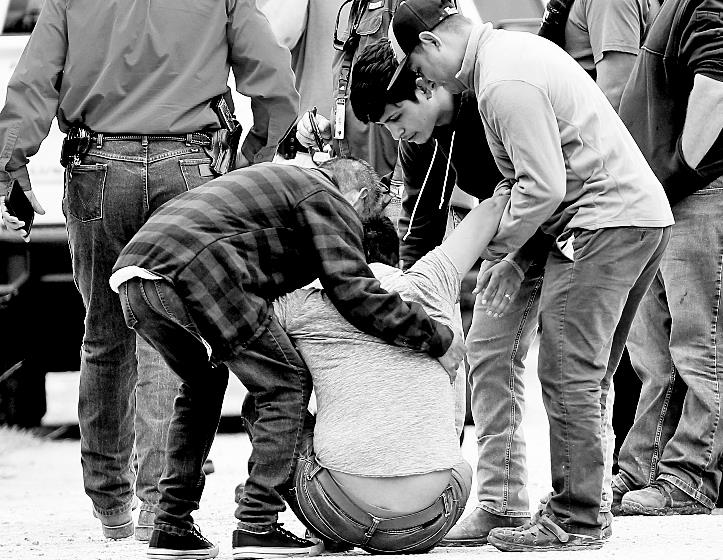
 RSS Feed
RSS Feed